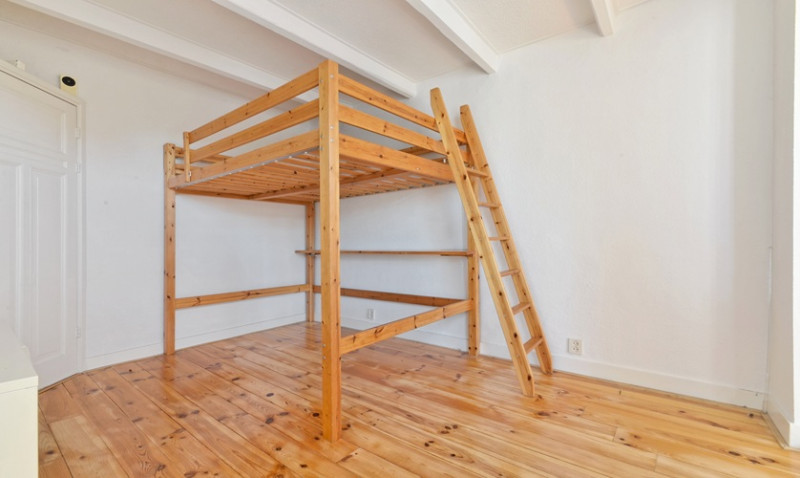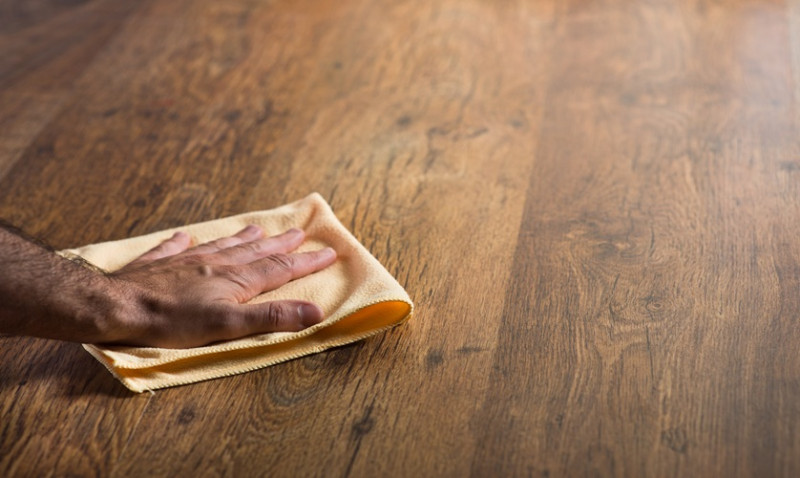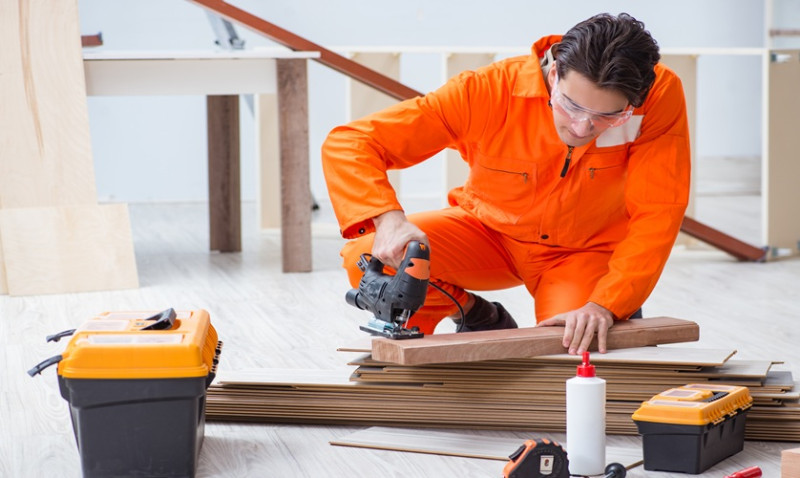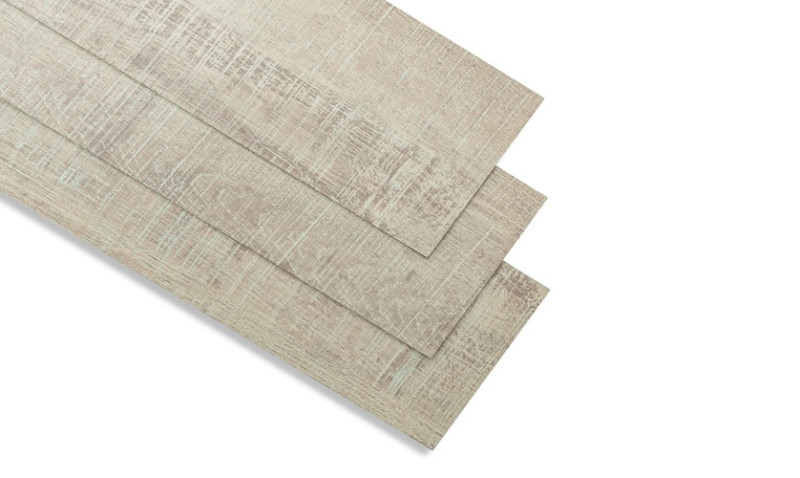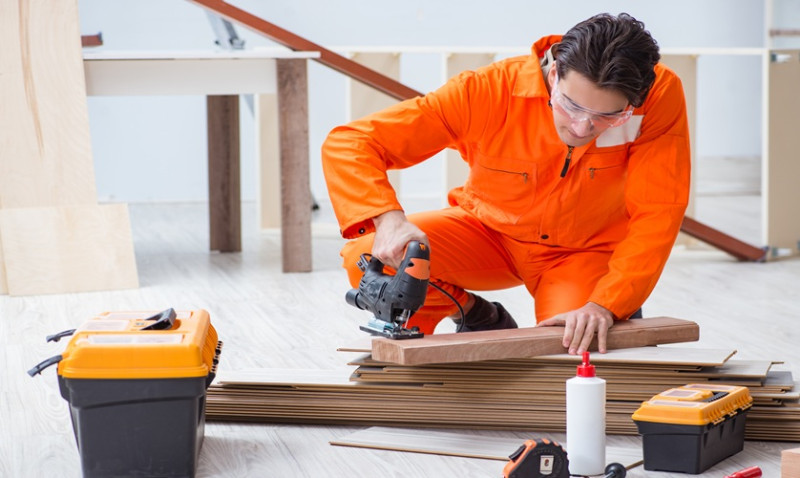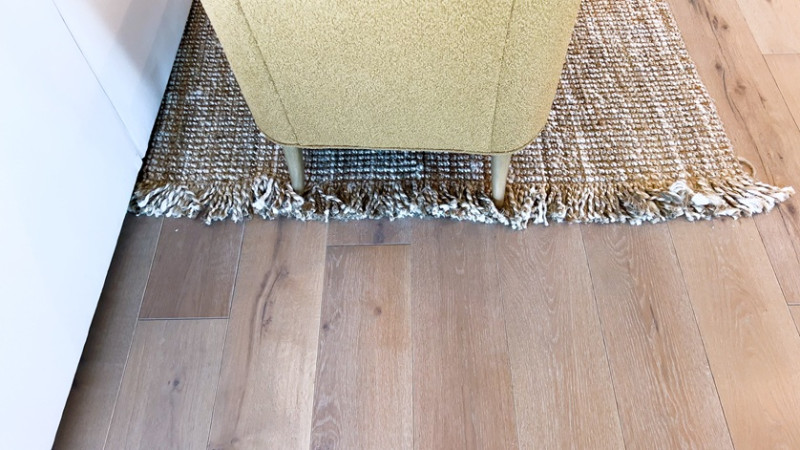
Nothing quite matches the warmth, character, and timeless appeal of hardwood floors. They're often considered the crown jewel of any home's design—especially for period properties and contemporary fixer-uppers alike. However, as many DIYers discover, refinishing hardwood floors isn’t as simple as slapping on a bit of varnish. In today's blog post, we’re digging into a cautionary personal tale: how I nearly destroyed our hardwood floors, what went wrong, and most importantly, how you can avoid making the same costly mistakes when sanding, staining, and finishing your wooden floors.
Whether you're a DIY enthusiast experimenting in your first flat in Manchester, or an interior designer working on a home restoration in the Cotswolds, this post is for you. Grab a cuppa, because we’re diving deep into floor restoration fails—and how to fix them.
The Ambitious Start: Deciding to Refinish Hardwood Floors Myself
What started off as an innocent Saturday morning project turned into a full-scale floor renovation over several weekends. We wanted our living room to have that rustic-modern charm: matte oak tones, subtle grain, and a smooth, satin finish. Consulting Pinterest boards, YouTube tutorials, and speaking with tradesmen friends, it all seemed doable—until reality hit.
Initially, everything seemed to go to plan. We rented a floor sander from our local tool hire shop in London and began stripping away years of old varnish. The raw wood exposed below was beautiful—it felt like finding buried treasure just below the surface.
What we didn’t realise was how important specific sanding grits were. Beginning with an aggressive grit, we neglected the importance of stepping through the finer grits properly. The result? Uneven scratch marks, swirl patterns, and visible gouging that only became more obvious after applying stain.
If you're doing this yourself, don’t underestimate the learning curve of professional sanding. Watching a 10-minute video isn’t enough—you need to understand the sequence of abrasives, the direction of sanding, and how to manage the machine.
The Staining Debacle: Choosing the Wrong Colour and Technique
Once we believed the floor was adequately sanded (spoiler: it wasn’t), we moved onto applying the stain. Here's where things took a turn for the worse. Staining hardwood is not like painting a wall—it behaves differently on each piece of timber. We used a popular oil-based stain in “Dark Walnut”, hoping for a rich, moody finish. But instead, we ended up with patchy, blotchy areas and lots of lap marks.
Part of the problem was applying stain unevenly and far too slowly. With large surface areas like floors, it’s vital to keep a "wet edge" and work methodically in small, overlapping sections. We didn't wipe off excess stain quickly enough, leading to drying inconsistencies and sticky areas. Worse still, the dark stain severely highlighted our poor sanding job underneath. Every swirl mark stood out tenfold.
For professionals and designers, this step is vital. If you’re working on a client project or a show home, poor staining technique can undermine the entire look. Always test stain on hidden areas or spare boards before committing—it can look wildly different once dry. And for darker tones? Even more care is needed in the initial prep work.
Top 5 Mistakes to Avoid When Refinishing Hardwood Floors
| Mistake | What Happens | Correct Approach |
|---|---|---|
| Skipping sanding grits | Visible scratches & swirl marks | Use a logical grit sequence (e.g., 36→60→80→120) |
| Using poor quality stain applicators | Uneven staining & blotching | Use lambswool or stain pads for consistency |
| Not testing stain beforehand | Wrong colour or tone to match décor | Test stain on offcuts or hidden areas |
| Over applying stain | Sticky residue & poor drying | Apply thin, even layers and wipe promptly |
| Skipping dust cleanup | Debris sealed in final coat | Vacuum thoroughly and wipe with tack cloth |
Recovering from Mistakes: What We Did to Fix It
After panicking, regret, and a few sleepless nights of staring at our blotchy floorboards, we decided to take action. First, we re-sanded the entire downstairs—yes, again. Painful, yes. Worth it? Absolutely. This time we followed a detailed sanding grit progression and worked much slower and more methodically.
We also tested a few stains on offcuts from our reclaimed wood supply, settling on a warm oak tone that complemented our living room’s natural light. Rather than doing the staining ourselves again, we brought in a local floor finishing expert from Birmingham who helped us apply the stain professionally and apply a durable, water-based lacquer that wouldn’t yellow over time.
The result completely transformed the room. What once looked like a DIY disaster was now a smooth, satin-finished masterpiece. We learned the hard way—but we learned.
Key Lessons If You’re Planning to Refinish Your Floors
For many DIYers, architects and designers, hardwood floors are a central visual focus of any room. Done right, they elevate. Done wrong, they become an expensive and time-consuming eyesore. Here's what you need to know:
- Invest in proper preparation. Your sanding makes or breaks the outcome. Take as much time as needed here.
- Choose stains carefully to match your room’s lighting, wall colour and furniture palette. Always do test spots.
- Temperature and humidity matter more than you think when finishing floors—ideal indoor conditions are key.
- Don’t rush drying times. Give each layer of your finish ample time to cure; otherwise, you risk peeling and staining issues later on.
- When in doubt, hire a pro. For larger spaces or statement rooms, it's worth getting a flooring specialist involved.
Conclusion: A Lesson Worth Sharing
Floor refinishing can be a thrilling, satisfying endeavour—but it demands accuracy, patience, and knowledge. Although I did ruin our hardwood floors initially, the learning experience gave us insights we wouldn't have gained otherwise. And now, every time someone compliments the finish, we smile knowing how far the floors—and we—have come.
If you’re planning a renovation in the UK or currently working on a property in need of TLC, don’t let early mistakes discourage you. Whether you're a London-based interior designer designing a showhome in Notting Hill, or a couple in Leeds sprucing up your first terraced house, this post is here to help you avoid the pitfalls—and come away with beautiful results on solid ground (literally).
Got your own refinishing story? Leave a comment or connect with us on social media. We’d love to hear your fixer upper successes and horror stories!
